Do you have a question about the Toyota 2008 4Runner and is the answer not in the manual?
Details on adjusting seat position, seatback, and steering wheel angle.
Warnings about airbag deployment force and proper seating to minimize injury.
Information on seat belt usage, maintenance, and safety.
Details on the driver and front passenger airbags and their protective function.
Guidelines for selecting and safely installing child restraint systems.
Lists playable bit rates for MP3 and WMA files, recommending higher rates for better quality.
Provides tips for using air flow settings effectively for heating, cooling, and defogging.
Advises using only Toyota Super Long Life Coolant or equivalent to avoid engine damage.
Recommends snow tires or chains for snow/ice, and advises replacing all four tires.
Guides on selecting same size, construction, and load capacity tires, especially for 4WD.
Safety warnings for handling battery acid, hydrogen gas, and electrical components.
Procedures for handling electrolyte contact with eyes, skin, or clothing.
Precautions for safely recharging a battery, including ventilation and cable connections.
| Brand | Toyota |
|---|---|
| Model | 2008 4Runner |
| Category | Automobile |
| Language | English |
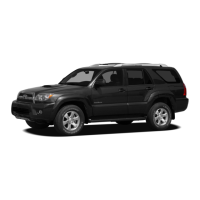
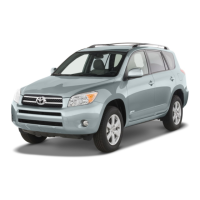

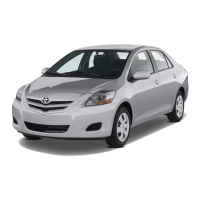
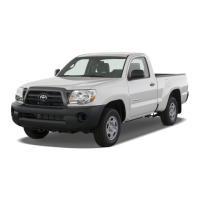


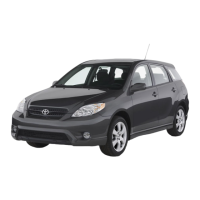
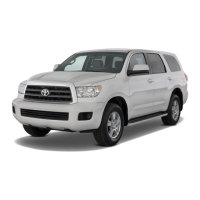

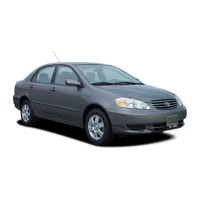

